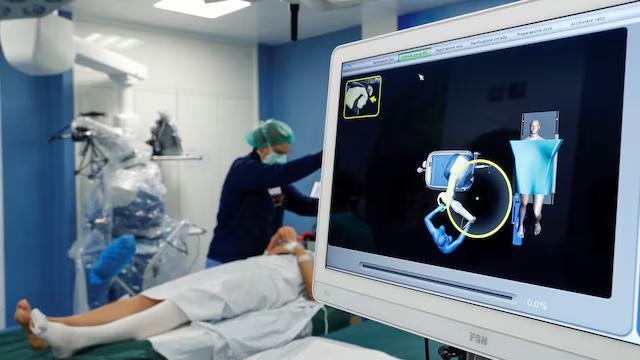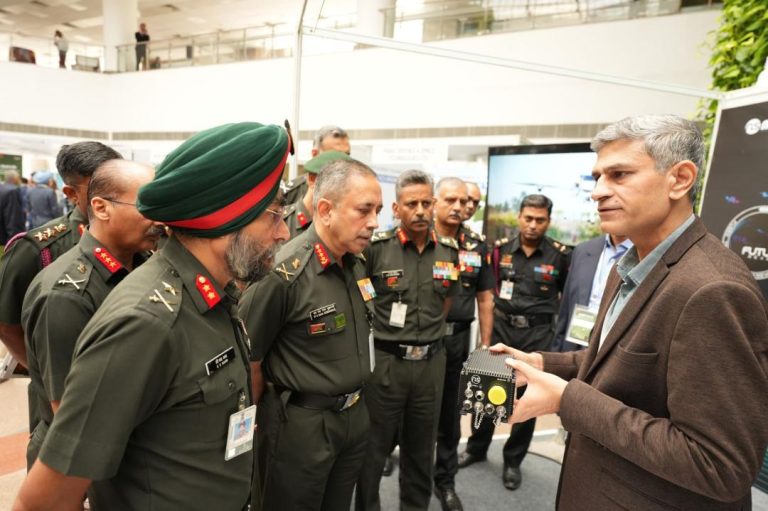
Experts Seek Uniform Insurance Cover for Robot-Assisted Surgeries
Robot-assisted surgeries have revolutionized the healthcare industry, offering patients minimally invasive and precise procedures for various medical conditions. However, despite the rising adoption of such surgeries and growing patient preference, the lack of uniform insurance coverage has become a significant concern. India’s surgical associations have urged the government and insurance companies to implement a uniform insurance cover for robotic-assisted surgeries, emphasizing the need for improved patient access and affordability.
The need for uniform insurance coverage arises from the inconsistent coverage provided by various insurance providers. Patients undergoing robotic-assisted surgeries often face the daunting task of navigating through complex insurance policies, only to discover that their procedures are not fully covered or are subject to high deductibles. This has led to a significant proportion of patients being forced to pay out of pocket for their surgeries, a burden that can be financially crippling.
Experts stress the need for collaboration among insurers, hospitals, and policymakers to address this issue. “The current situation is unsustainable, and patients are being forced to bear the brunt of the costs,” said Dr. Sanjay Saxena, President of the Association of Minimal Access Surgeons of India. “We urge the government and insurance companies to work together to provide a uniform and comprehensive insurance cover for robotic-assisted surgeries.”
The Association of Minimal Access Surgeons of India, along with other surgical associations, has submitted a memorandum to the Ministry of Health and Family Welfare, highlighting the need for a uniform insurance cover. The memorandum emphasizes the importance of robotic-assisted surgeries in improving patient outcomes and reducing hospital stays, and stresses that insurance coverage is essential to make these procedures accessible to a wider population.
The issue of inconsistent insurance coverage is not unique to India. Countries like the United States, where robotic-assisted surgeries are widely used, also face similar challenges. In the US, insurance coverage for robotic-assisted surgeries varies significantly depending on the provider and the policy. This has led to a growing trend of patients seeking out-of-network providers to access affordable care, often at the risk of higher out-of-pocket costs.
The benefits of robotic-assisted surgeries are well-documented. These procedures offer patients several advantages, including reduced scarring, less blood loss, and quicker recovery times. However, the high cost of these surgeries and the lack of insurance coverage have made them inaccessible to many patients. According to a report by the Indian Medical Association, the average cost of a robotic-assisted surgery in India ranges from Rs 5 lakh to Rs 20 lakh, making it a significant financial burden for many patients.
The Indian government has taken several initiatives to promote robotic-assisted surgeries in the country. In 2019, the government launched the National Programme for Healthcare Excellence and Accessibility, which aims to improve healthcare outcomes and reduce out-of-pocket expenses. The program includes a component on robotic-assisted surgeries, which seeks to increase the adoption of these procedures in public and private hospitals.
However, despite these initiatives, the lack of uniform insurance coverage remains a significant challenge. Insurance companies argue that the high cost of robotic-assisted surgeries makes it difficult to provide comprehensive coverage. Hospitals, on the other hand, argue that the lack of insurance coverage forces them to increase their costs, making it difficult for patients to access affordable care.
The solution to this problem lies in collaboration and cooperation among insurers, hospitals, and policymakers. Insurance companies can work with hospitals to develop more comprehensive policies that cover robotic-assisted surgeries. Hospitals can work with insurance companies to reduce their costs and improve their billing practices. Policymakers can work with both insurers and hospitals to develop regulations that promote affordable and accessible healthcare.
In conclusion, the lack of uniform insurance coverage for robotic-assisted surgeries is a significant concern that needs to be addressed. India’s surgical associations have urged the government and insurance companies to work together to provide a comprehensive and uniform insurance cover for these procedures. The benefits of robotic-assisted surgeries are well-documented, and it is essential that patients have access to these procedures without facing financial burdens.






